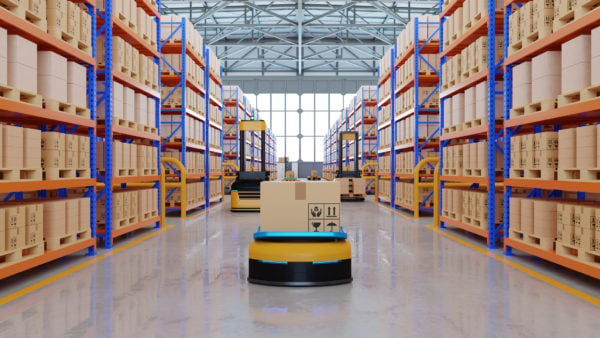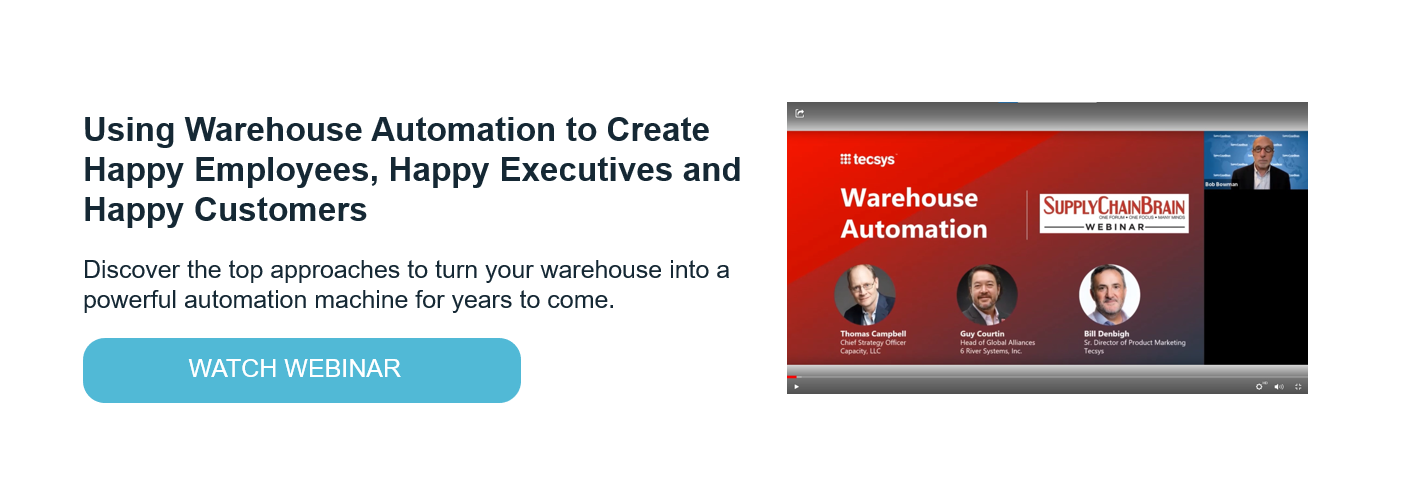Warehouse Automation: How to Not Fail Before You Begin

When I participated in a SupplyChainBrain webinar, Using Warehouse Automation to Create Happy Employees, Happy Executives and Happy Customers, I was struck by a common thread between all of the panelists: there is no “free lunch” when it comes to warehouse automation.
This popular adage is used to communicate the idea that it is impossible to get something for nothing. And the saying is quite true for warehouse management. If you are looking to automate a warehouse function then be prepared to invest the same levels of planning, preparation and change management that you would for any other major warehouse project.
Many industry experts are predicting there will be an explosion of interest in warehouse automation this year as organizations continue to struggle with rising labor costs and space constraints. The only problem I see with this though is the fact that not many supply chains have even dipped their toes into automating their warehouses.
In a recent ResearchAndMarkets.com report, “More than 80 percent of the warehouses today have no automation of whatsoever. However, since last decade ~15 percent of the warehouses are being mechanized, while only 5 percent are using sophisticated automation equipment and solutions.”
If you are considering warehouse automation, I encourage you to do your homework before diving in headfirst. The last thing you want to do is fail before you begin. Therefore, I’m sharing three steps to help you build a solid foundation for your warehouse automation journey.
3 Key Steps to Prepare for Warehouse Automation
1. Get Your Warehouse Data Right
In order to evaluate any warehouse automation project, you need to have accurate and relevant data. Document the size, weight and handling characteristics for all of your products. You will also need to know the size, usable space (not the same as size) and weight capacity for all your locations. Next, document the equipment inventory — with specifics — in your warehouse. You should also prepare a summary of your labor capabilities, their capacities, work rates and skill sets. And finally, you need to have an accurate picture of the transaction volumes your warehouse is able to manage.
2. Understand Your Customer Needs
Many organizations only consider the efficient utilization of space, labor and equipment when it comes to warehouse automation. However, a primary goal of any warehouse operation is also meeting customers’ expectations. You need to take the time to perform an analysis on your customer’s need and how they are changing. With this level of detail, you can then match that back to the warehouse and what kind of warehouse automation project could best support those needs. Don’t forget to include any new services or products your organization is planning and how those will impact your warehouse operations as well.
3. Know Where You Are vs. Where You Want to Be
Preparing your warehouse for automation is all about understanding the problem you are going to solve. Any successful project means understanding exactly what is needed to achieve the objective. Make sure you continually stay on top of your supply chain forecasts and demand patterns during this preparation stage to ensure nothing changes. Most importantly, align with other members of your leadership team on the motivating factors for a warehouse automation project and agree to where your organization wants to be after the project is complete.
Next Steps
While the next stages of a warehouse automation project are important and contribute to your organization’s success, it’s a good idea to take your time and put extra focus in this preparation stage. This will help your operations in the long run. If you do not, you will run the risk of wasting time and money by creating a solution that does not do what you need it to do.




